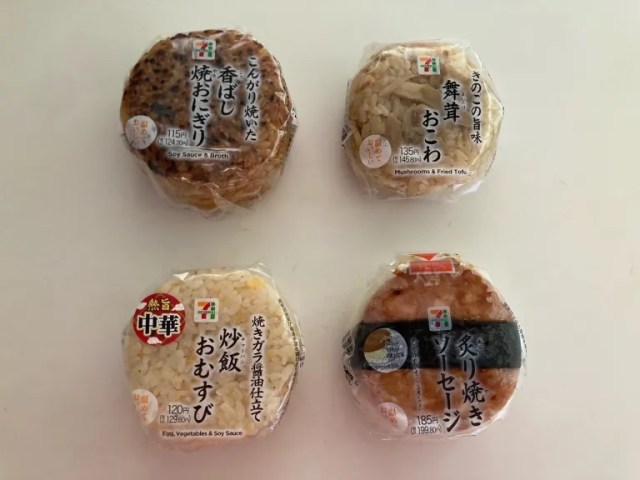
Japan’ s convenience stores often recommend warming up their rice balls, but is it worth the extra hassle?
Japan’s convenience store onigiri (rice balls) are just about the greatest grab-and-go snacks on the planet. According to their makers, though, there’s often a way to make them even better: warm them up.
At major convenience store chains, the onigiri are always stocked on refrigerated shelves. However, each chain also always has a number of varieties with packaging or signage saying that, for the best taste, you should warm them up in the microwave before eating. The vast majority of people ignore this advice, though, since onigiri generally taste great unwarmed too, but we couldn’t help wondering if a little time in the microwave would make a big difference, so we decided to find out.
Taste-testing duties fell to our Japanese-language reporter Snufkin, who procured a quartet of test subjects at 7-Eleven, all of which the chain recommends eating warmed. In order to eliminate any other potential variables, Snufkin cut each onigiri in half and warmed one half up in the microwave, so that she could ensure the most direct comparison possible.
Let’s take a look at her taste test notes.
1. Yakionigiri with soy sauce and broth (125 yen [US$0.85])
“Yakionigiri” refers to onigiri that are lightly grilled, and usually brushed with a soy-based glaze beforehand. On its own at room temperature, Snufkin found this example tasty. Maybe a touch on the strong side in terms of flavor intensity, but a perfectly good example of a yakionigiri.
The packaging recommends 20 seconds in the microwave, but since Snufkin wasn’t warming up the whole thing she adjusted that down just a bit to 15 seconds. Taking the warmed-up half out of the microwave and popping it into her mouth…
…oh, wow, this really did make a big difference! The change wasn’t so much in the flavor, though, but the texture. Warming up the onigiri had made the rice softer and stickier, in the sense that the individual grains felt more cohesively attached to one another. The warmth also seemed like a better match for the strong flavor she’d noticed at room temperature, though she could also now detect just a bit of acidity to the flavor of the soy sauce now.
2. Fried rice with egg, vegetable and soy sauce (130 yen)
Most onigiri are made with steamed white rice, but you can find fried rice versions too. Oftentimes fried rice onigiri are limited-time items with unique fillings or which were produced in collaboration with a popular Chinese restaurant chain, but this one is 7-Eleven’s standard fried rice rice ball and is available all the time. There’s nothing strange or paradigm shattering here, just a quick serving of fried rice in circular form. The only complaint Snufkin had was that, at room temperature, the rice was a little crumbly.
Se expected this one to become a lot more fragrant after 15 seconds in the microwave, but actually there was little difference in the strength of its aroma. Once again, though, heating the onigiri worked wonders for its texture, as the warmer grains held together better as she bit into the onigiri. Warming up the fried rice onigiri also helped disperse its oil more evenly, improving the consistency of the flavor. Overall, this is a definite improvement over room temperature.
3. Maitake okowa (146 yen)
Okowa is a mixture of sticky mochi rice and meat, vegetables, or, in this case, fungi. 7-Eleven’s maitake okowa onigiri are a personal favorite of Snufkin’s though surprisingly she’s never tried warming them up before this test.
At room temperature, the rice is fairly firm, which makes for kind of a grainy texture as you chew. But also as you chew, or at least as Snufkin chews, she’s filled with joy at how delicious the combination of maitake mushrooms and mochi rice is.
And when she heated it up…
…whoa, so chewy! Once more, heating the onigiri seemed to help the grains of rice fuse together. The pre and post-heating texture difference was the most pronounced with the maitake okowa, so much so that they almost felt like two different dishes to Snufkin. Ironically, though, the difference is so big that which is better is going to be a matter of personal taste, and while Snufkin liked both ways, she thinks she’ll be sticking to eating the maitake okowa at room temperature.
4. Grilled sausage (200 yen)
Though it’s not new to 7-Eleven, Snufkin had never tried the grilled sausage onigiri before this. This rice ball is in the heavyweight class, since aside from a slab of meat on top, it’s got mayonnaise in the center, so it’s the sort of thing to reach for when you’re feeling hungry enough that a regular onigiri won’t cut it.
At room temperature, it tastes great, with the sausage, mayo, and black pepper seasoning all firing up the taste buds. However, Snufkin wasn’t so crazy about how the mayo left her tongue feeling oily even after she’d swallowed her bite, and at this point couldn’t see herself buying this type again.
That problem went away when she warmed it up, though. Not only that, warming up the sausage onigiri brought all the tastes, the meat, mayo, pepper, and sauce, together, tying them into a delicious unity that was lacking when the rice ball was still cool. So not only is Snufin adding the sausage onigiri to her rice ball rotation, she’s always going to warm it up.
And last, for a little extra experimentation, Snufkin did a tasting of kombu (kelp) rice ball (130 yen).
7-Eleven doesn’t specifically recommend warming this type of rice ball up, as is the case for most of its onigiri. Theoretically, though, all rice balls were warm at some point, since the rice has to be warm enough during shaping for the ball to form, so waring any rice ball up should, at the very least, be an option, right?
At room temperature, the kelp has a sweetness to it, and the nori seaweed wrapping’s aroma serves as a nice contrast to make the rice seem even more flavorful.
And when she warmed it up…
…oops, this turned out to be a bad idea. Putting the rice ball in the microwave overheated the kombu at the core, which threw off the balance of the flavors and mad it hard to eat, too. It didn’t taste bad, but the overall eating experience was definitely better at room temperature.
So in the end, Snufkin concludes that warming your onigiri up really does make a difference, and often for the better, but that there’s probably a reason why convenience store chains recommend it for some types but are mum on the others. Still, it’s definitely worth giving it a try when the store suggests it, especially if you do like she did and try a half-and-half comparison to see which way you like best.
Photos ©SoraNews24
● Want to hear about SoraNews24’s latest articles as soon as they’re published? Follow us on Facebook and Twitter!
[ Read in Japanese ]

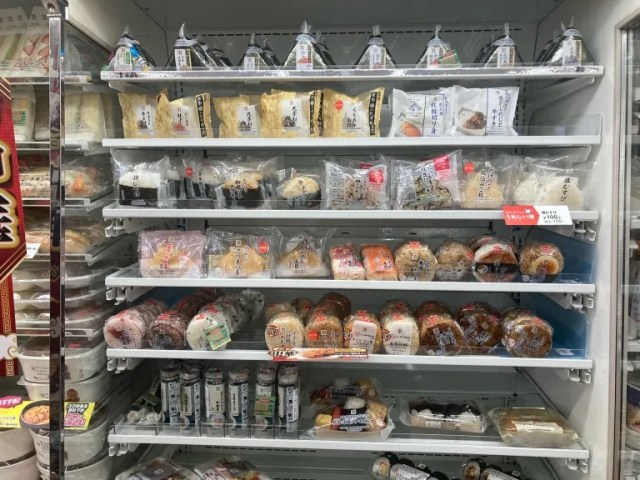
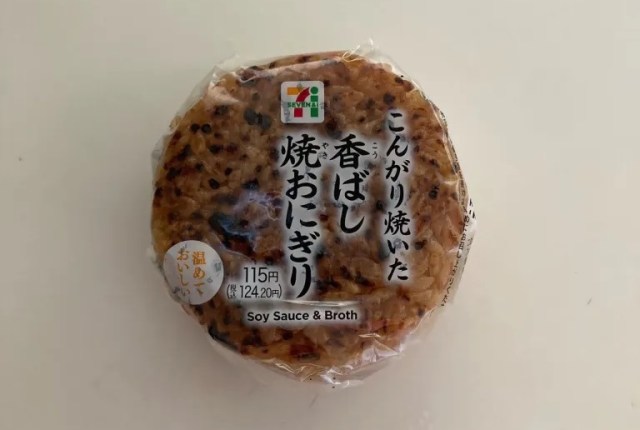
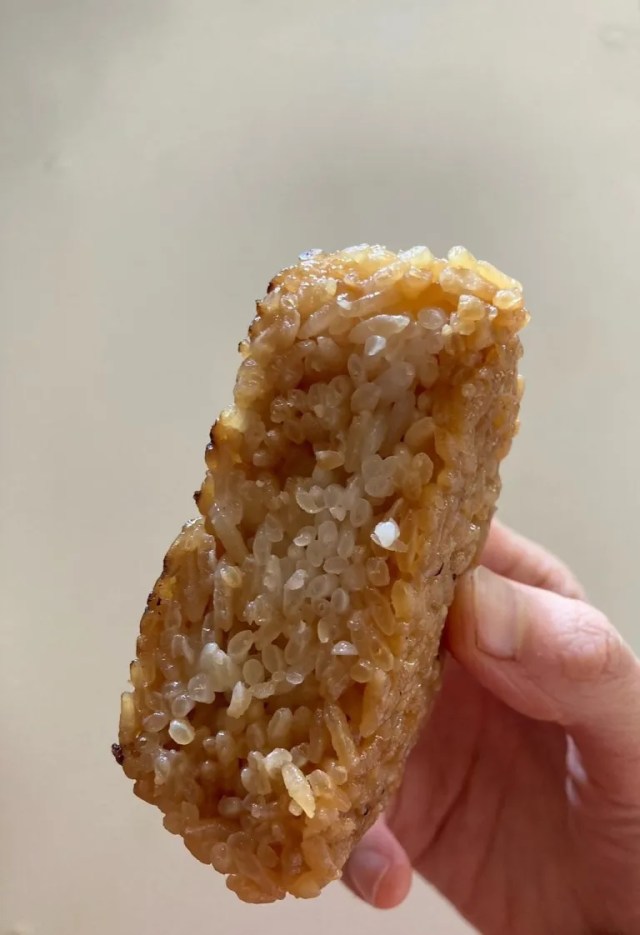
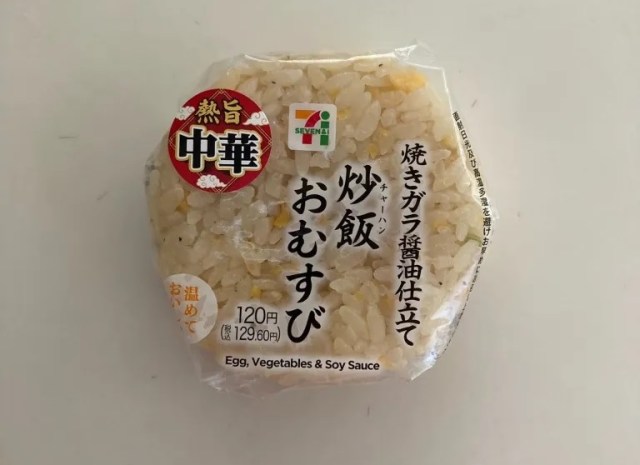
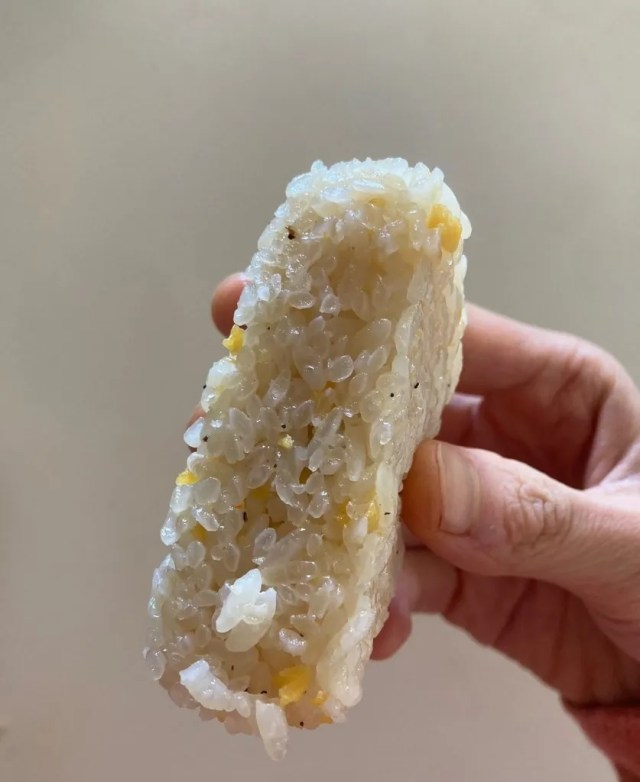
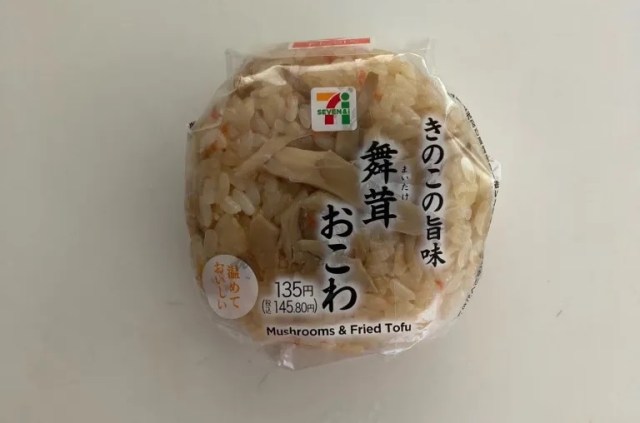
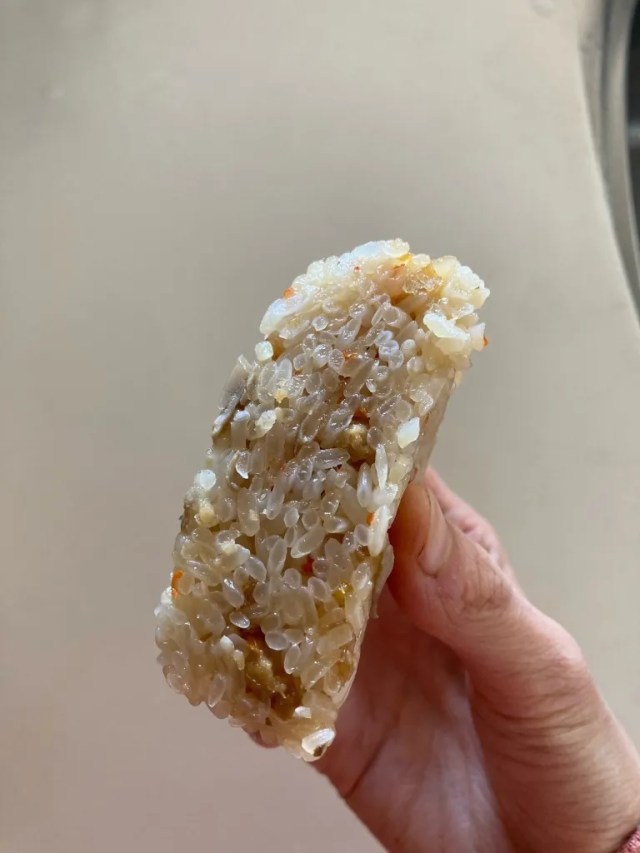
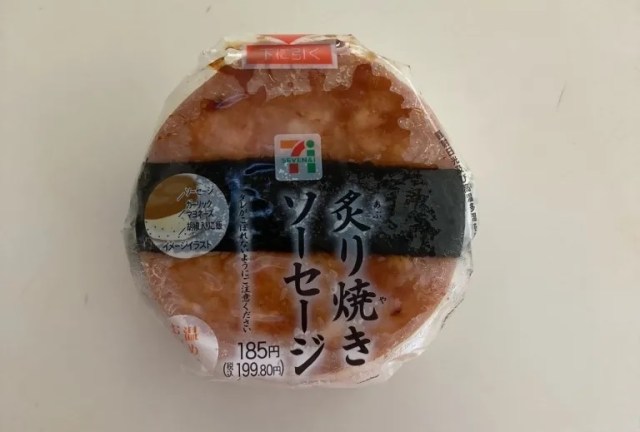
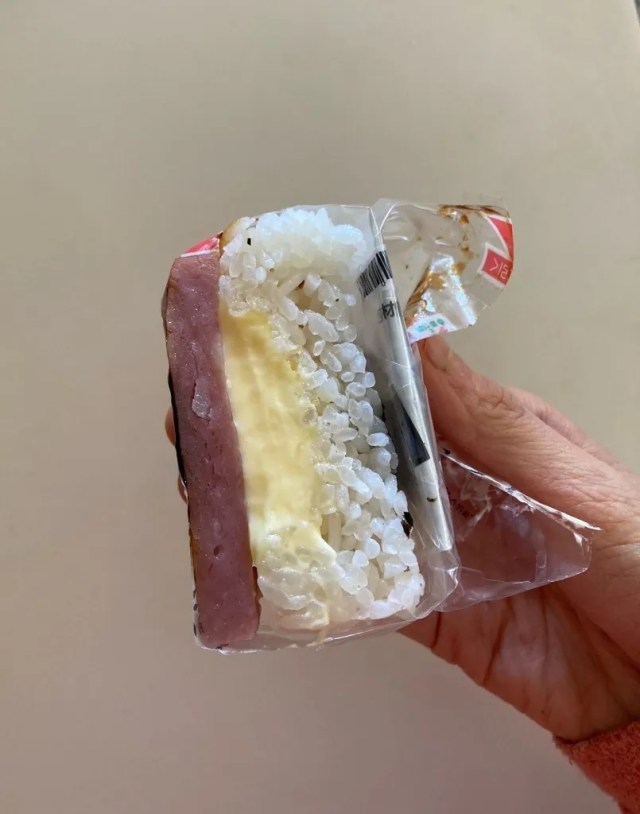
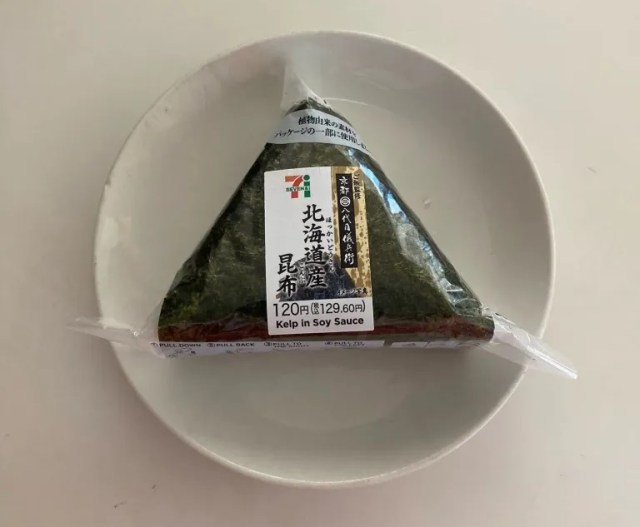
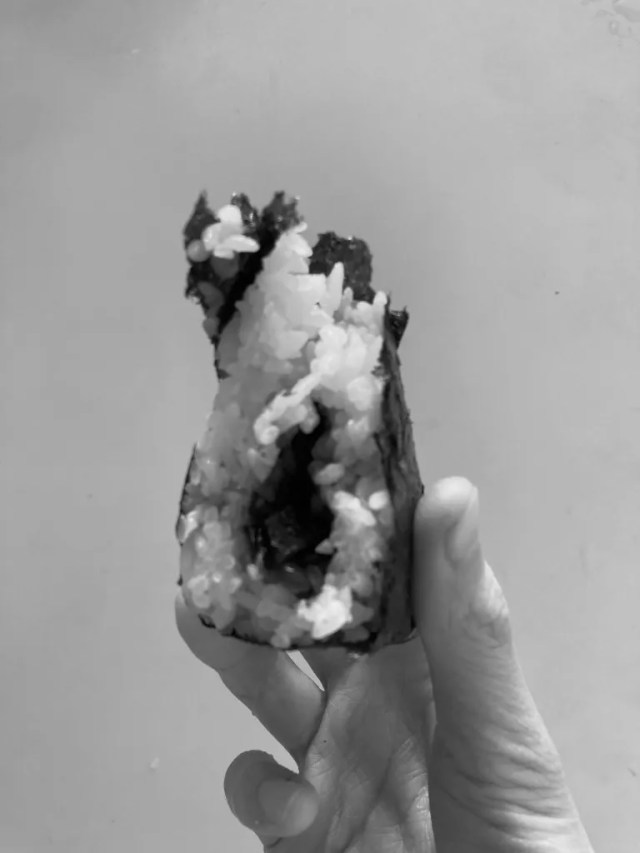
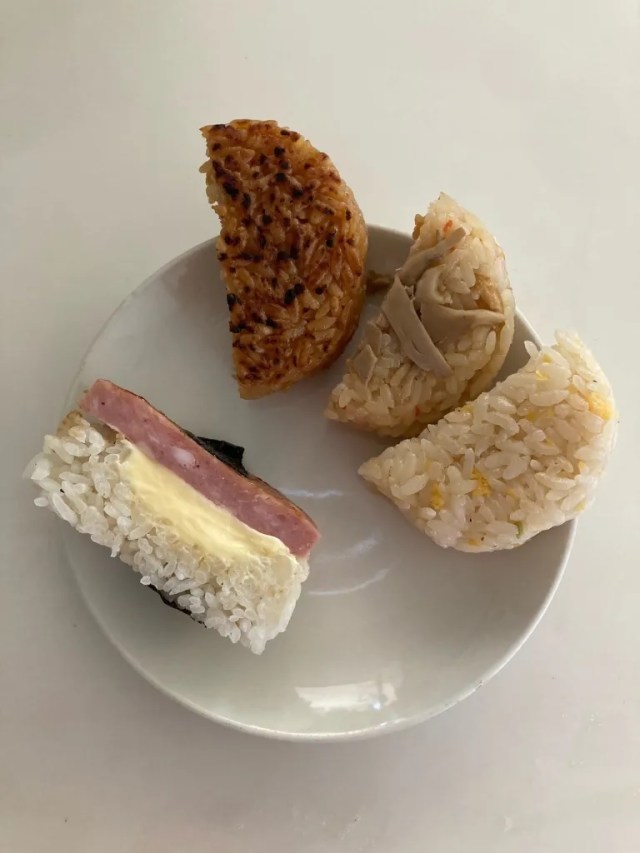
 This USB device exists solely to warm up rice balls, and honestly, it does a great job
This USB device exists solely to warm up rice balls, and honestly, it does a great job In celebration of Onigiri Day, we compare rice balls from three different convenience stores
In celebration of Onigiri Day, we compare rice balls from three different convenience stores Onikun: Epic onigiri so big they’re half demon, half rice ball
Onikun: Epic onigiri so big they’re half demon, half rice ball Japanese convenience store showdown – Who’s got the best ikura rice balls?【Taste test】
Japanese convenience store showdown – Who’s got the best ikura rice balls?【Taste test】 Onigiri Bread from Japanese convenience store chain changes everything we know about rice balls
Onigiri Bread from Japanese convenience store chain changes everything we know about rice balls Foreigner’s request for help in Tokyo makes us sad for the state of society
Foreigner’s request for help in Tokyo makes us sad for the state of society Should you add tartar sauce to Japanese curry rice? CoCo Ichi makes diners an unusual offer
Should you add tartar sauce to Japanese curry rice? CoCo Ichi makes diners an unusual offer Seaside scenery, history, and so many desserts on Yokohama’s Akai Kutsu【Japan Loop Buses】
Seaside scenery, history, and so many desserts on Yokohama’s Akai Kutsu【Japan Loop Buses】 Japanese city loses residents’ personal data, which was on paper being transported on a windy day
Japanese city loses residents’ personal data, which was on paper being transported on a windy day Ghibli Park now selling “Grilled Frogs” from food cart in Valley of Witches
Ghibli Park now selling “Grilled Frogs” from food cart in Valley of Witches Red light district sushi restaurant in Tokyo shows us just how wrong we were about it
Red light district sushi restaurant in Tokyo shows us just how wrong we were about it Harajuku Station’s beautiful old wooden building is set to return, with a new complex around it
Harajuku Station’s beautiful old wooden building is set to return, with a new complex around it Akihabara pop-up shop sells goods made by Japanese prison inmates
Akihabara pop-up shop sells goods made by Japanese prison inmates Osaka governor suggests lowering voting age to 0 to curb population decline
Osaka governor suggests lowering voting age to 0 to curb population decline The 2023 Sanrio character popularity ranking results revealed
The 2023 Sanrio character popularity ranking results revealed McDonald’s new Happy Meals offer up cute and practical Sanrio lifestyle goods
McDonald’s new Happy Meals offer up cute and practical Sanrio lifestyle goods Japanese ramen restaurants under pressure from new yen banknotes
Japanese ramen restaurants under pressure from new yen banknotes French Fries Bread in Tokyo’s Shibuya becomes a hit on social media
French Fries Bread in Tokyo’s Shibuya becomes a hit on social media Studio Ghibli releases new action figures featuring Nausicaä of the Valley of the Wind characters
Studio Ghibli releases new action figures featuring Nausicaä of the Valley of the Wind characters New private rooms on Tokaido Shinkansen change the way we travel from Tokyo to Kyoto
New private rooms on Tokaido Shinkansen change the way we travel from Tokyo to Kyoto Tokyo Tsukiji fish market site to be redeveloped with 50,000-seat stadium, hotel, shopping center
Tokyo Tsukiji fish market site to be redeveloped with 50,000-seat stadium, hotel, shopping center Beautiful Ghibli sealing wax kits let you create accessories and elegant letter decorations【Pics】
Beautiful Ghibli sealing wax kits let you create accessories and elegant letter decorations【Pics】 Studio Ghibli releases Kiki’s Delivery Service chocolate cake pouches in Japan
Studio Ghibli releases Kiki’s Delivery Service chocolate cake pouches in Japan New definition of “Japanese whiskey” goes into effect to prevent fakes from fooling overseas buyers
New definition of “Japanese whiskey” goes into effect to prevent fakes from fooling overseas buyers Our Japanese reporter visits Costco in the U.S., finds super American and very Japanese things
Our Japanese reporter visits Costco in the U.S., finds super American and very Japanese things All-you-can-drink Starbucks and amazing views part of Tokyo’s new 170 meter-high sky lounge
All-you-can-drink Starbucks and amazing views part of Tokyo’s new 170 meter-high sky lounge More foreign tourists than ever before in history visited Japan last month
More foreign tourists than ever before in history visited Japan last month New Pokémon cakes let you eat your way through Pikachu and all the Eevee evolutions
New Pokémon cakes let you eat your way through Pikachu and all the Eevee evolutions Disney princesses get official manga makeovers for Manga Princess Cafe opening in Tokyo
Disney princesses get official manga makeovers for Manga Princess Cafe opening in Tokyo Sales of Japan’s most convenient train ticket/shopping payment cards suspended indefinitely
Sales of Japan’s most convenient train ticket/shopping payment cards suspended indefinitely Sold-out Studio Ghibli desktop humidifiers are back so Totoro can help you through the dry season
Sold-out Studio Ghibli desktop humidifiers are back so Totoro can help you through the dry season Japanese government to make first change to romanization spelling rules since the 1950s
Japanese government to make first change to romanization spelling rules since the 1950s Ghibli founders Toshio Suzuki and Hayao Miyazaki contribute to Japanese whisky Totoro label design
Ghibli founders Toshio Suzuki and Hayao Miyazaki contribute to Japanese whisky Totoro label design Doraemon found buried at sea as scene from 1993 anime becomes real life【Photos】
Doraemon found buried at sea as scene from 1993 anime becomes real life【Photos】 Tokyo’s most famous Starbucks is closed
Tokyo’s most famous Starbucks is closed One Piece characters’ nationalities revealed, but fans have mixed opinions
One Piece characters’ nationalities revealed, but fans have mixed opinions We asked a Uniqlo employee what four things we should buy and their suggestions didn’t disappoint
We asked a Uniqlo employee what four things we should buy and their suggestions didn’t disappoint Princesses, fruits, and blacksmiths: Study reveals the 30 most unusual family names in Japan
Princesses, fruits, and blacksmiths: Study reveals the 30 most unusual family names in Japan The best-selling rice ball at Family Mart is…SPAM onigiri?
The best-selling rice ball at Family Mart is…SPAM onigiri? Official Sailor Jupiter bento boxed lunches being served now at Tokyo anime-themed cafe 【Photos】
Official Sailor Jupiter bento boxed lunches being served now at Tokyo anime-themed cafe 【Photos】 Survey ranks convenience store rice balls – salmon, sea-dwelling poultry & plants steal the show
Survey ranks convenience store rice balls – salmon, sea-dwelling poultry & plants steal the show If an onigiri and a cheeseburger had a baby, it’d be a Bakudan Musubi
If an onigiri and a cheeseburger had a baby, it’d be a Bakudan Musubi Okinawan soul fool Pork Tamago Onigiri sold not at a five-star restaurant, but at an airport
Okinawan soul fool Pork Tamago Onigiri sold not at a five-star restaurant, but at an airport The surprising semi-secret ingredient in many Japanese convenience store rice balls: oil
The surprising semi-secret ingredient in many Japanese convenience store rice balls: oil 7-Eleven’s new Ebiten tempura shrimp rice ball is premium in both taste AND cost
7-Eleven’s new Ebiten tempura shrimp rice ball is premium in both taste AND cost Make your best-tasting onigiri taste even better with this easy recipe! 【RocketKitchen】
Make your best-tasting onigiri taste even better with this easy recipe! 【RocketKitchen】 Rice balls that can last for 100 days at room temperature? Kyoto company makes high-protein onigiri
Rice balls that can last for 100 days at room temperature? Kyoto company makes high-protein onigiri Less than half of Japanese people OK with bare hand-pressed rice balls, survey says, but why?
Less than half of Japanese people OK with bare hand-pressed rice balls, survey says, but why? Which Japanese convenience store sells the best onigiri rice balls?【Taste test】
Which Japanese convenience store sells the best onigiri rice balls?【Taste test】 Taste-testing the Attack on Titan rice ball that “shouldn’t be on sale”【Taste test】
Taste-testing the Attack on Titan rice ball that “shouldn’t be on sale”【Taste test】 7-Eleven Japan creates official “how to open a rice ball” video to help overseas travelers【Video】
7-Eleven Japan creates official “how to open a rice ball” video to help overseas travelers【Video】 The Big Bomb Onigiri Japanese rice ball helps us conquer mountain race but conquers us in the end
The Big Bomb Onigiri Japanese rice ball helps us conquer mountain race but conquers us in the end Bizarre or brilliant? Takoyaki and okonomiyaki rice balls available in convenience stores now
Bizarre or brilliant? Takoyaki and okonomiyaki rice balls available in convenience stores now Haneda Airport’s new rice ball stand — Sister shop Tokyo’s best out-of-the-way onigiri spot
Haneda Airport’s new rice ball stand — Sister shop Tokyo’s best out-of-the-way onigiri spot
Leave a Reply